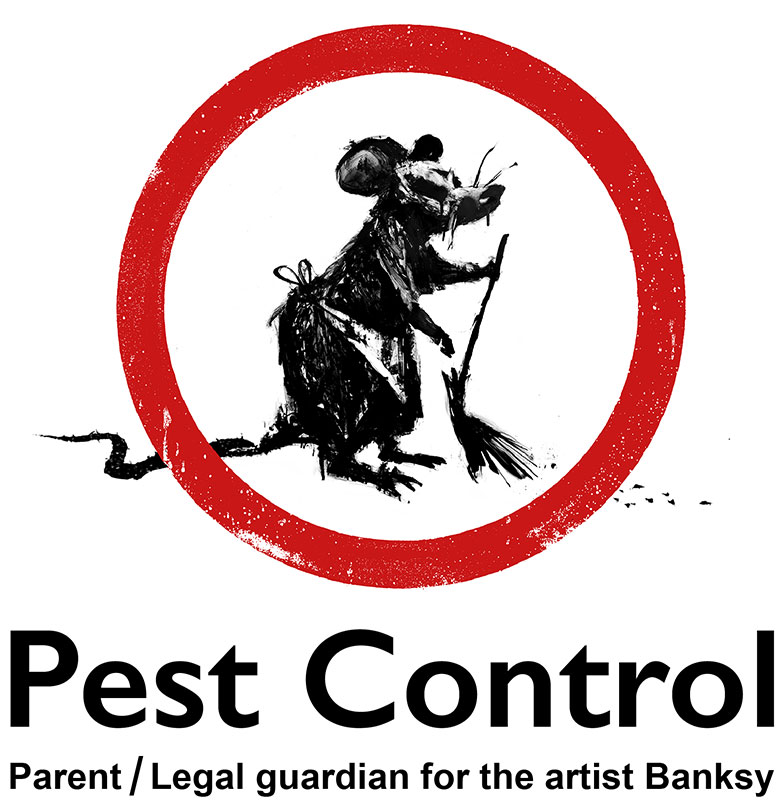Dependable A1 Bed Bug Exterminator Charlotte - Do Away With Bed Bugs Rapid
Dependable A1 Bed Bug Exterminator Charlotte - Do Away With Bed Bugs Rapid
Blog Article
Bed Pest Treatment Breakdown: Contrasting Chemical Vs. Non-Chemical Solutions
In the world of insect control, especially when handling the consistent problem of bed bugs, the selection in between chemical and non-chemical therapy solutions can be an essential one. Both methods offer unique advantages and drawbacks, affecting variables such as effectiveness, security factors to consider, and total price. By examining the nuanced information of each approach, a more clear understanding of which path to go after in resolving a bed insect infestation can be achieved.
Effectiveness of Chemical Treatments
Chemical therapies for bed bug infestations have actually been commonly identified for their fast and powerful efficacy in removing these bugs. When considering the effectiveness of chemical treatments, it is critical to comprehend that they can offer a fast and extensive remedy to a bed insect trouble. Expert pest control experts frequently count on pesticides to target bed insects at various phases of their life process, including grownups, fairies, and eggs. These chemicals normally function by interfering with the bed insects' nerve system, causing paralysis and eventual death.
Additionally, chemical therapies have the advantage of supplying recurring results, meaning that they can continue to get rid of bed pests even after the first application. This recurring activity is especially advantageous in combating any kind of potential re-infestations. Furthermore, the rapid activity of chemical treatments can bring alleviation to people facing extreme bed bug infestations, allowing them to reclaim control of their home rapidly.
Safety Problems With Chemical Solutions
One vital facet that calls for careful consideration when making use of chemical remedies for bed insect therapy is making sure the safety and security of residents and the setting. Exposure to specific chemicals utilized in bed bug therapies can lead to respiratory system problems, skin inflammation, or various other damaging reactions, particularly in people with pre-existing conditions or level of sensitivities.
Additionally, the environmental influence of chemical services is an additional considerable factor to consider. Some chemicals used in bed insect therapies might be harmful to beneficial pests, wildlife, and ecosystems if they seep right into the soil or water supply. It is necessary to use chemical treatments judiciously, complying with safety and security standards, and considering much less toxic alternatives to reduce these risks and make certain the effective and secure management of bed bug invasions.
Advantages of Non-Chemical Approaches
Taking into consideration the prospective safety and security concerns and environmental influence associated with chemical remedies for bed insect therapy, discovering non-chemical approaches offers an encouraging choice with numerous distinctive advantages. Non-chemical treatments are ecologically friendly, as they do not add to air or water air pollution, making them a lasting choice for pest control.
Furthermore, non-chemical services browse around here can be effective in targeting bed bugs, consisting of hard-to-reach locations where chemical therapies may not pass through - A1 pest control charlotte nc bed bugs. Methods such as warm therapy, vacuuming, steam cleaning, and mattress coverings provide complete elimination without the usage of unsafe chemicals.
Limitations of Non-Chemical Treatments

Additionally, non-chemical therapies frequently call for numerous applications to achieve effective eradication. This can be lengthy and might not constantly assure total removal of all bed pests and their eggs, particularly in concealed or hard-to-reach places.
Furthermore, the success of non-chemical treatments greatly relies upon correct execution and thoroughness, which can be testing for people without specialist proficiency. Insufficient application of non-chemical approaches may lead to incomplete elimination, resulting in consistent invasions and the requirement for extra therapies.
For that reason, while non-chemical treatments have their advantages, it is vital to acknowledge these constraints and consider them when identifying the most effective method for managing bed bug invasions.
Cost Contrast: Chemical Vs. Non-Chemical Options
Offered the constraints linked with pest control companies in california non-chemical treatments, a necessary facet to evaluate in the context of bed bug monitoring is the cost comparison between chemical and non-chemical alternatives. Chemical treatments usually include the application of insecticides by professionals, which can vary from $250 to $900 per room, depending upon the severity of the problem and the size of the location to be dealt with. On the other hand, non-chemical therapies like warmth treatment or heavy steam can be more expensive, with expenses varying from $1,000 to $6,000 for a whole home. While the first expense of chemical therapies might seem lower, several treatments may be called for to fully eliminate the problem, possibly raising the overall cost. On the other hand, non-chemical options may provide an extra sustainable and environmentally friendly remedy, although they can be cost-prohibitive for some people. Eventually, when taking into consideration the expense of bed insect treatment alternatives, it is necessary to weigh the in advance expenses against the performance and long-term sustainability of the picked method.
Verdict

Considering the possible safety and security worries and environmental effect associated with chemical services for bed insect treatment, checking out non-chemical strategies presents an encouraging alternative with a number of distinctive advantages.Provided the restrictions linked with non-chemical treatments, an essential facet to examine in the context of bed bug monitoring is the cost contrast between chemical and non-chemical options. In comparison, non-chemical treatments like warmth therapy or steam can be a Click This Link lot more pricey, with prices varying from $1,000 to $6,000 for a whole home. While the preliminary expense of chemical therapies might seem reduced, numerous therapies may be needed to totally eradicate the invasion, possibly raising the overall cost.In final thought, when contrasting chemical and non-chemical bed pest treatment options, it is important to take into consideration effectiveness, safety and security, benefits, limitations, and price.
Report this page